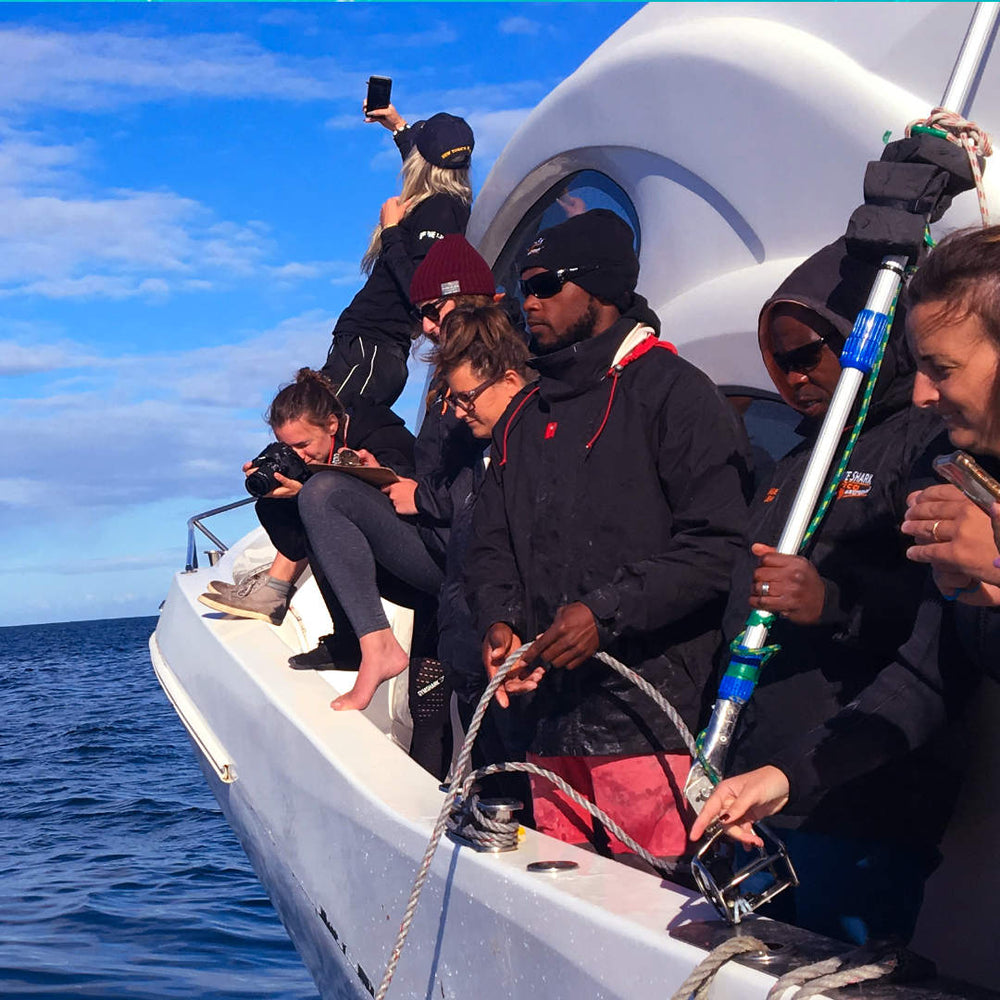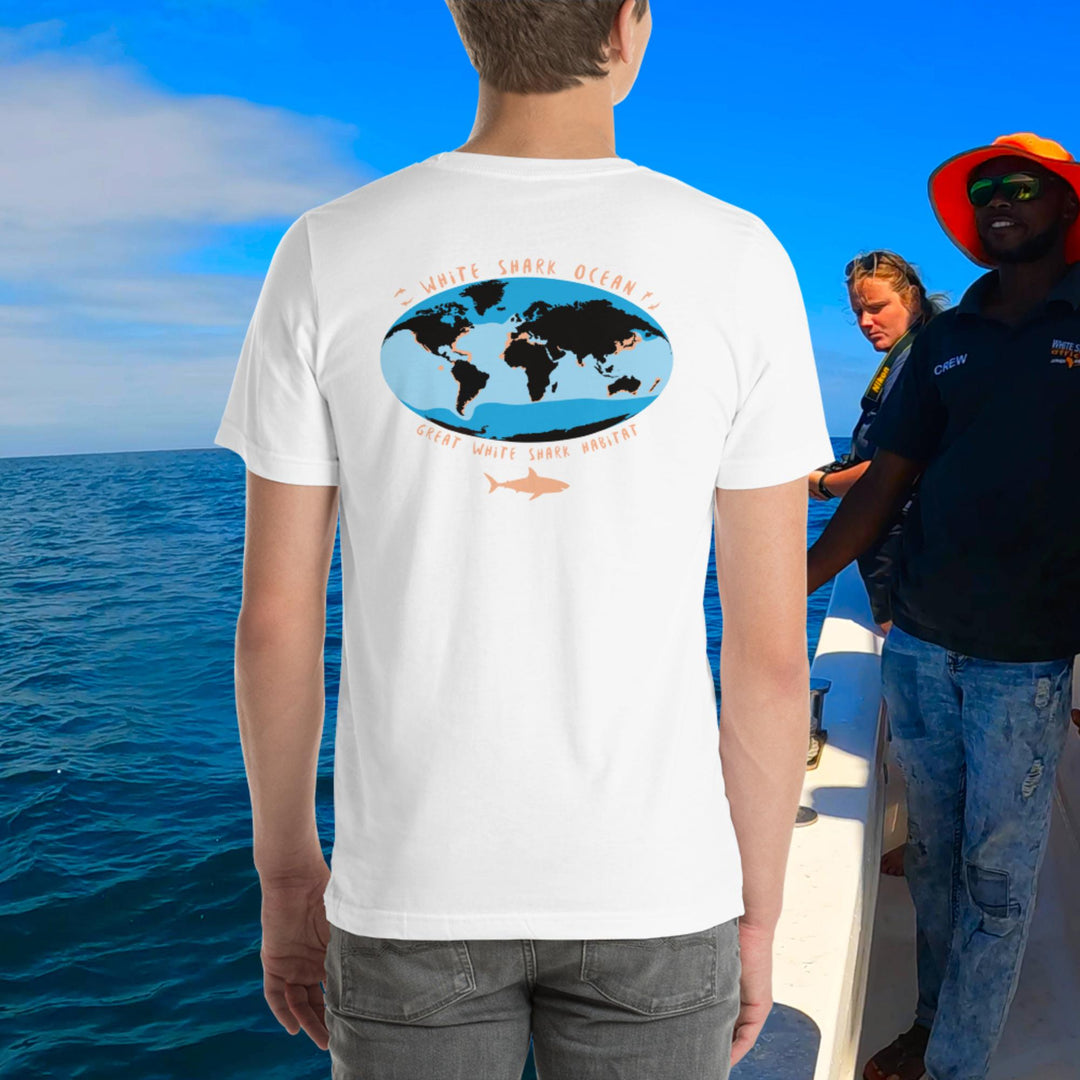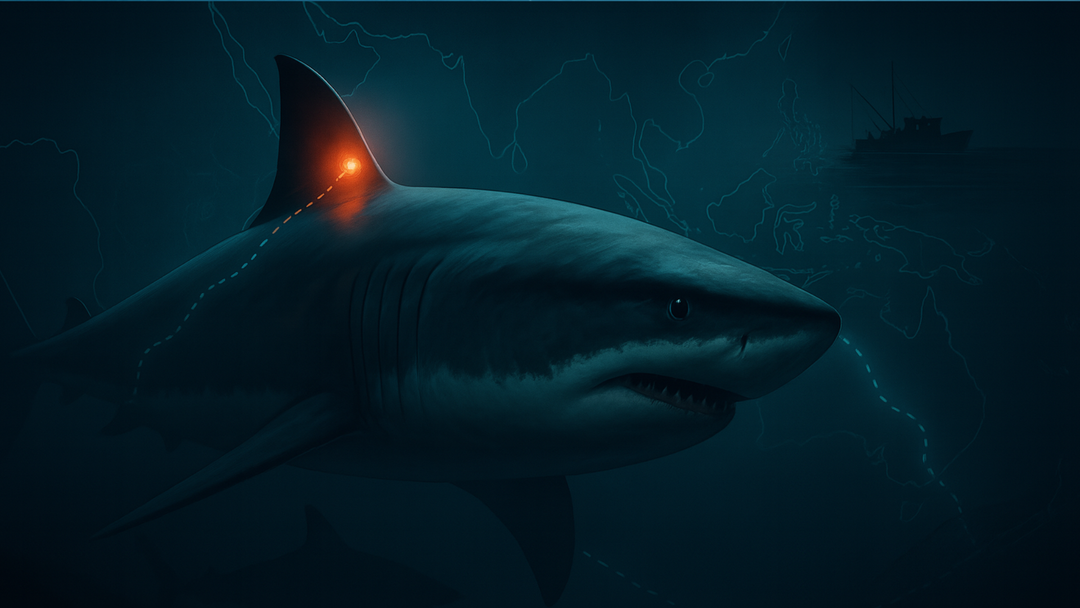How Do You Measure A Free Swimming Great White Shark?
The majestic Great White Shark, known for being one of the worlds most formidable predators and one of the most iconic animals on the planet. However, accurately measuring these apex predators in their natural habitat poses a significant challenge. In this blog post, we delve into the complexities of measuring Great White Sharks in the wild and explore a unique method employed by experts to gauge their size.
The Difficulty of Measuring Wild Great White Sharks: Measuring any creature in the wild can be challenging, but when it comes to Great White Sharks, the task becomes even more daunting due to their elusive nature and the unpredictable underwater environment. Unlike controlled environments, where animals can be restrained or measured with precision tools, free-swimming Great Whites demand a more innovative approach.
The 3.3m Cage and Its Role: One ingenious method used by scientists to estimate the size of Great White Sharks involves the use of a 3.3-meter-long cage. This cage serves as a reference point, enabling researchers to gauge the size of the shark relative to the cage. This method comes to play during cage-diving expeditions, where enthusiasts and researchers enter specially designed cages to observe these magnificent creatures up close.

The Process: When a Great White Shark is spotted in the vicinity, the bait handler skillfully lures the shark, positioning it in alignment with the cage. This strategic manoeuvre allows both divers within the cage and observers outside to get a clear view of the shark's dimensions. By comparing the shark's size to the known length of the cage (3.3 meters), experts can make a fairly accurate estimate of the shark's size.
Benefits and Limitations: Using the cage as a measuring scale offers several advantages. It provides a relatively consistent reference point that aids in size estimation. Moreover, this approach allows for a direct visual comparison, enhancing the accuracy of the assessment. However, it's important to note that this method provides an approximation rather than an exact measurement. Variations in angles, distances, and the shark's behaviour can introduce some level of uncertainty.
The Importance of Measurement: Accurately measuring the size of Great White Sharks is crucial for understanding their biology, behaviour, and ecological role. Size data can provide insights into growth rates, population dynamics, and potential changes in the shark's size over time. This information is valuable for conservation efforts and for gaining a comprehensive understanding of these apex predators.
Conclusion: Measuring the size of free-swimming Great White Sharks in the wild is undoubtedly a challenging task. However, the innovative use of a 3.3-meter cage as a measuring scale during cage-diving expeditions has provided researchers and enthusiasts with a practical method to estimate their dimensions. While this approach offers a close approximation, the complexities of the underwater environment and the shark's behaviour remind us that nature's magnificence often comes with intricate puzzles to solve.














Leave a comment